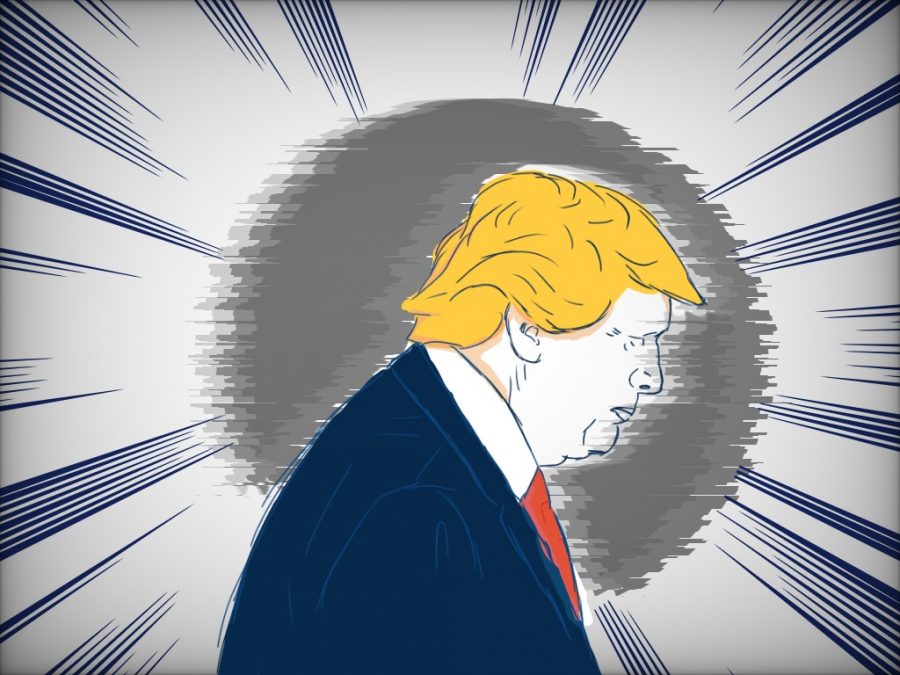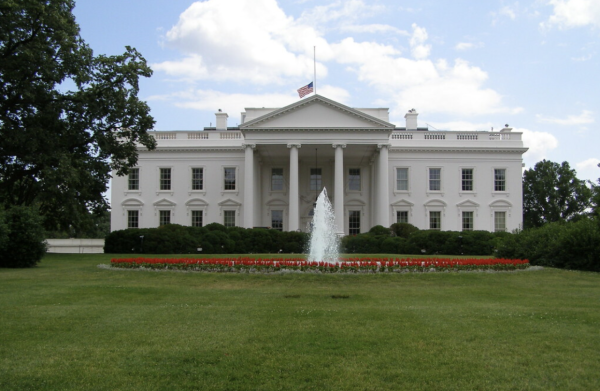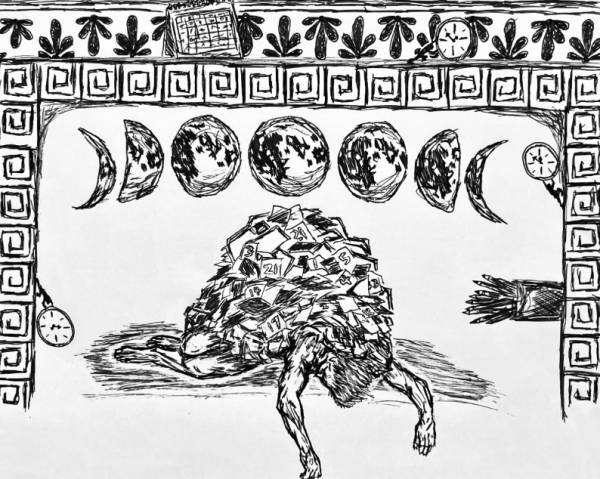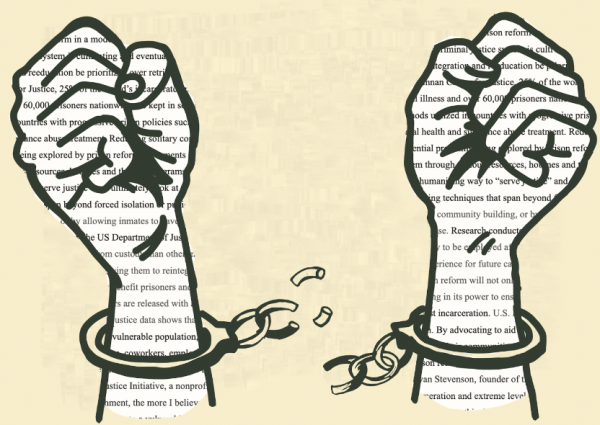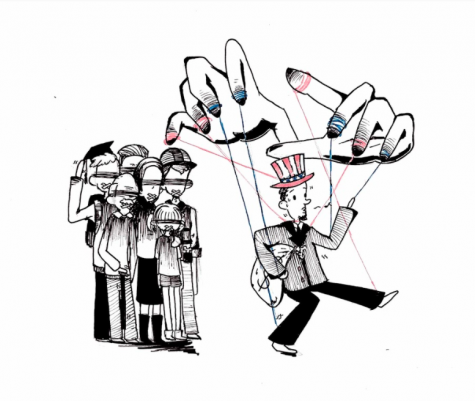Trump is the Puppeteer, but the People are the Problem
Following the violent siege of the Capitol, then President-Elect Biden stated in a speech condemning the incident that, “The scenes of chaos do not reflect the true America.” But unfortunately, they do. The near-insurrection, fueled by a man who managed to amass 74 million votes in the presidential election and executed by American citizens, serves as a perfect microcosm for our nation’s appalling transfigurations over the past four years. By pandering to and manipulating an already existing demographic of bigoted, uninformed Americans, Trump further radicalized the populous and mobilized an unprecedented surge of violence and fury.
Obviously, Trump didn’t create partisanship or racism. The people who partook in the Capitol siege existed prior to 2016 with preconceived racial prejudices and a firm identity of white solidarity and supremacy. However, Trump did manage to elevate both partisanship and racism in America. Abandoning all constructs of political correctness, Trump has served as a mouthpiece to the country’s most bigoted, as evinced by his praise and normalization of white supremacist standpoints and disdain for the Black Lives Matter Movement, among other things.
However, excessive promotion of bigotry is not the sole contributor to America’s heightened instability. Rather, it was Trump’s exploitation of this pre-existing demographic that has allowed him to foster a greater culture of intolerance and misinformation. Researchers at UVA’s Institute for Family Studies found that uneducated white Americans with an annual income between $0 and $29,000 were more likely than educated white Americans or those making an income above $29,000 to be white nationalists and/or supremacists. These individuals, the majority of which are Trump supporters, possessed intrinsic biases partially due to their lack of education (and poverty) and consequently an enhanced susceptibility to nativist-targeted, anti-egalitarian propaganda. Thus, Trump’s employment of fear mongering mobilized this demographic in a way few previous administrations were able to.
Trump’s effect on these Americans has been further proven by the 14% decrease in white male college graduates’ support for Trump from 2016 to 2020 according to the Metropolitan Policy Program. Those who are able to make politically informed decisions are substantially less likely to fall prey to political propaganda and misinformation. Ultimately, for the informed, knowledge will almost always trump primitivism. But for whom knowledge falls short, Trump consistently emerges victorious.
The President’s foremost tactic in manipulating these already biased individuals was his employment of senseless fear mongering. Looking back at his rise in prominence as a presidential candidate in 2016, Trump gained support following growing mistrust and resentment in GOP leaders as they began to collaborate with Democrats, specifically on immigration policy. In order to reinforce the need for his authority, Trump continuously reminded us of the imminent fears facing the country and even generated new ones to manipulate the people into supporting him.
Take, for instance, immigration: while most sensible Americans would recoil at the idea of putting immigrant children in cages, Trump chose instead to justify these actions by dehumanizing immigrants (such as by generalizing Mexican immigrants as rapists, and drug dealers) in order to generate intense feelings of fear, portray immigrants as veracious threats to the safety of the citizens, and appeal to the most fearful (or gullible).
However, while Trump’s overwhelming influence on these uneducated Americans is harrowing enough, he would likely have been unable to impact the masses to the extent that he did if the people themselves did not possess inherent weaknesses in the ways they consume politics: senselessly, susceptibly, and primarily in response to fear. His authority actively robbed those who had been exposed to few credible political conversations in their lives of their remaining intellectual free will and caused them to prioritize primal impulses like fear and fury over (an already fleeting) cognizance.
This tactic has nurtured brutish reliance upon dogmas and feelings, particularly negative ones, instead of true political knowledge. Indubitably, this fostering of negative emotions contributed to the induction of the Capitol siege, its sheep-like perpetrators motivated by the groundless and substanceless fury Trump had cultivated within them. Though he lacked the facts to back his claim of election fraud, Trump knew that once again, facts would be completely useless in the face of forceful arousal of emotion. His strategy has thus become almost formulaic: combine bigotry, exploitation of the uneducated, fear mongering, and falsehood, and you get the Trump Method.
It is an irrefutable fact that all politicians have influenced their supporters to act upon emotion. However, President Trump’s manipulation of emotions differs from others’ in that it is grounded in hatred, bigotry, nativism, and blatant falsehoods. In reinstating the concept of Americanism as a source of self-importance rather than collective fellowship, Trump has pitted Americans against one another and unleashed dangerous facets of the people that had been seldom exposed under previous administrations. Inaugurating a new administration was perhaps the only solution to this neverending siege on our democracy.
Editor-in-Chief


